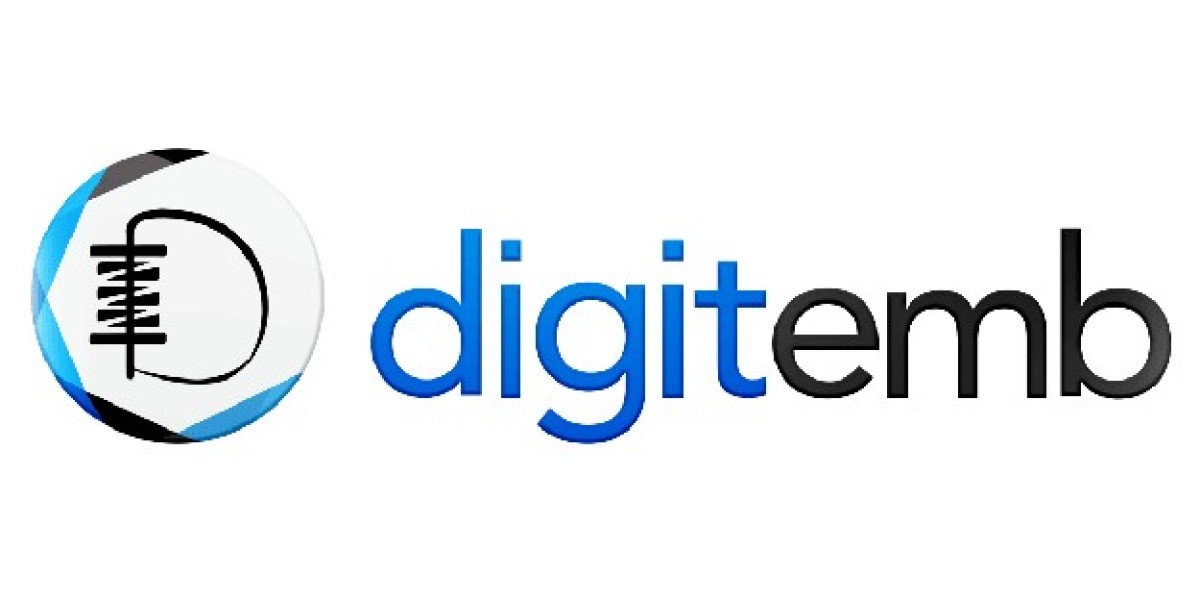People process visuals faster than anything else. Whether scrolling through social media, reading a product description, following an online tutorial, or looking at packaging, visuals shape the way people judge brands and absorb information. That means every graphic must stay crisp, clean, and adaptable across all platforms. This rising demand for high-quality artwork has made vector graphics a pillar of modern design. Their ability to scale perfectly without distortion helps businesses and creators maintain strong visuals everywhere.
Strong Branding Requires Consistent Artwork
A brand’s visual identity is one of its most powerful tools. Logos, icons, and illustrations are often the first things people see. When these elements appear clear and consistent, they make a brand look professional. When they appear blurry, stretched, or pixelated, the brand instantly loses credibility.
Scalable artwork ensures a brand’s visuals remain sharp on:
mobile apps
websites
product labels
business cards
large outdoor banners
merchandise and apparel
This consistency builds trust, improves recognition, and helps customers remember the brand long-term. In competitive markets, sharp and consistent visuals often give businesses the edge they need.
Digital Environments Demand Flexible Visuals
Digital platforms continue to expand rapidly. Designers must create artwork that works across phones, laptops, tablets, TV screens, smart displays, and countless social media layouts. These platforms resize and compress images differently, which often reduces quality.
Scalable artwork solves this problem by staying sharp at any size. It offers:
clean icons for apps and websites
readable graphics on high-resolution displays
professional social media posts
smoother UI/UX designs
lightweight files that improve loading speed
Digital users judge visuals within seconds. When artwork looks clean, engagement increases and messages become easier to understand.
Production and Manufacturing Need Clean Lines
Design is equally important in physical production. Industries like embroidery digitizing, printing, engraving, laser cutting, and vinyl cutting all rely on precise outlines. Machines follow exact paths, and even minor imperfections in the artwork can lead to noticeable production flaws.
Low-quality artwork often results in:
jagged lines
inaccurate cuts
lost details
uneven stitching
wasted materials
Scalable artwork provides mathematically defined curves and shapes, allowing production machines to deliver perfect results. This precision is especially important for apparel decoration, signage, labels, patches, product packaging, and promotional items.
Large-format printing also relies on scalable visuals. When artwork must be enlarged for posters, billboards, or vehicle wraps, it must retain clarity. Only scalable artwork can achieve this.
Scalable Illustration: A Modern Creative Advantage
Designers and illustrators turn to scalable illustration because it lets them work freely without worrying about losing quality. They can adjust shapes, revise layouts, modify colors, and refine details endlessly. This makes the creative process faster, cleaner, and more flexible.
Scalable illustration is essential for:
branding systems
infographics
educational diagrams
marketing visuals
app and web design
animated graphics
packaging design
Its clean, modern style matches today’s design trends and helps viewers understand content more easily.
Vector Conversion: Bringing Old Designs Into the Future
Many companies still rely on artwork created many years ago. These graphics may only exist as small images, old print scans, or outdated digital files. They often hold historical value but cannot be used for modern production or digital branding.
Vector conversion revives these designs by rebuilding them with clean lines and scalable shapes. The updated artwork:
maintains the original identity
becomes usable in modern production
looks sharp at any size
supports printing, embroidery, signage, and digital platforms
improves a brand’s professional appearance
This process allows businesses to protect their heritage while upgrading to modern design standards.
About Tahseen Islam
Tahseen Islam is a visionary entrepreneur, podcaster, and respected industry leader known for transforming the fields of embroidery digitizing, vector conversion, and custom patch development. As the owner of DigitEMB, he has earned global recognition for delivering high-precision artwork and production-ready design solutions. His leadership blends creativity, technical expertise, and strategic thinking, inspiring designers and brands to embrace scalable design methods. Through his dedication and innovative mindset, he continues to shape the future of digital craftsmanship and elevate modern visual communication.
Conclusion: A Future Built on Scalability and Precision
As technology advances and visual expectations grow, clarity and adaptability become essential. Brands, creators, and production industries all need artwork that stays strong across every platform and medium. This is why vector graphics will continue shaping the future of design. Their stability, flexibility, and precision make them the foundation of modern visual communication—ensuring that every design looks its best, everywhere.








